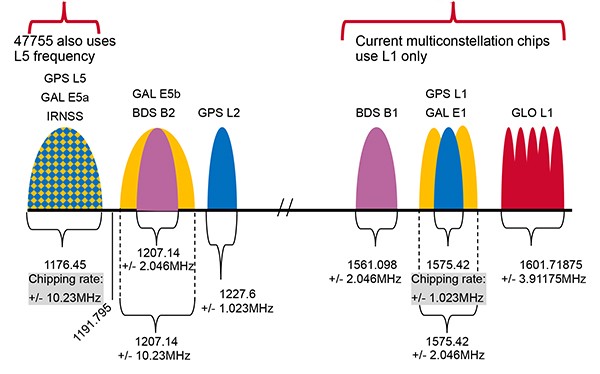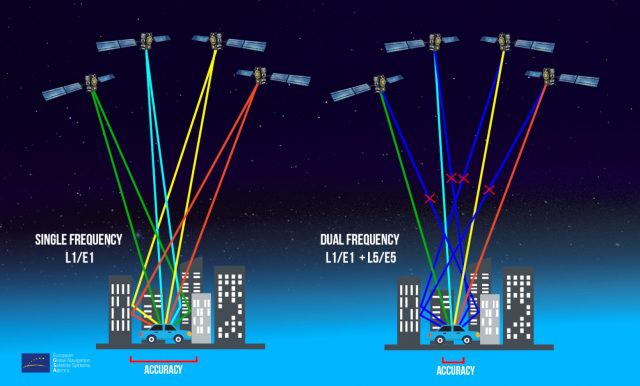Detecting dark activity or non-transmitting vessels is one of the most persistent challenges for many entities throughout the maritime ecosystem, but it is still possible to overemphasize the search for disabled automatic identification systems (AIS). Focusing on this phenomenon is tempting, because dark activity is detectable with the right technology and it plays on a primal fear
The truth is, though, methods have changed. Most bad actors are sophisticated and they do not want to risk losing expensive cargo and ships, or to harm their vessels’ reputation. They understand that as soon as they turn off their AIS for an extended period, they paint a huge target on the side of their ship, so they prefer to hide in plain sight. It’s a classic game of “cat and mouse,” with constantly evolving tactics.

Global navigation satellite system (GNSS) manipulation, ID tampering, vessel identity laundering…bad actors are getting increasingly more sophisticated and the Russia-Ukraine conflict provides extra motivation to engage in tactics that will help evade strict sanctions. For example, while deceptive shipping practices often involved crude oil in the past,
C4ADS, a nonprofit organization with a mission to defeat the illicit networks that threaten global peace and security, released a report last year about the complexities of vessel identity laundering:
“Vessel identity laundering is significantly more sophisticated than previously observed instances of ‘vessel identity tampering,’ in which vessels modify their physical appearance or broadcast false data on AIS transmissions.
Given its complexity, vessel identity laundering presents unprecedented challenges for maritime regulators and risks undermining global shipping practices.”














